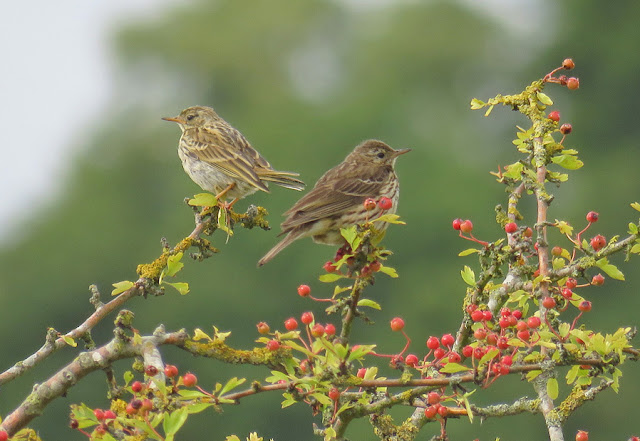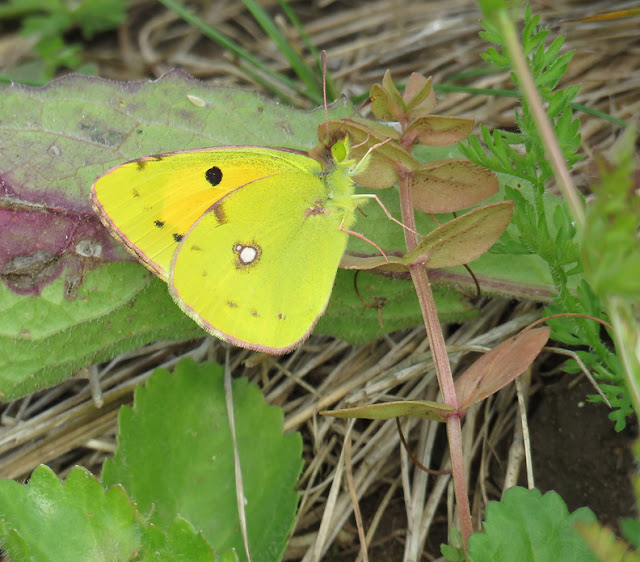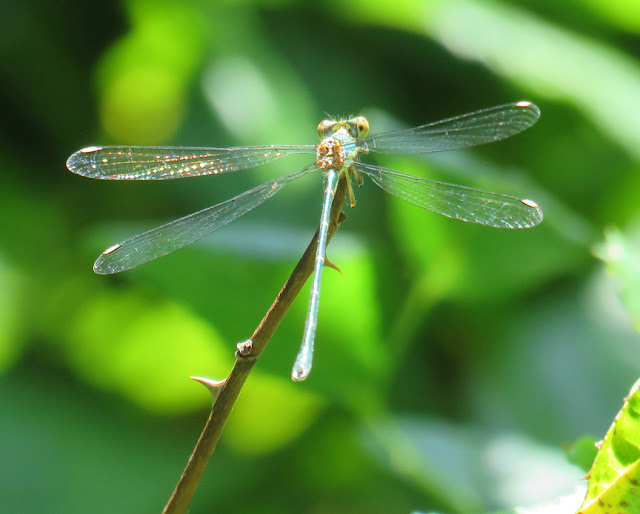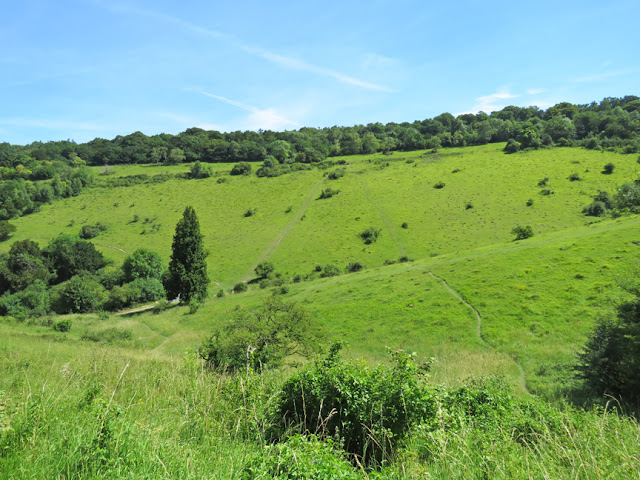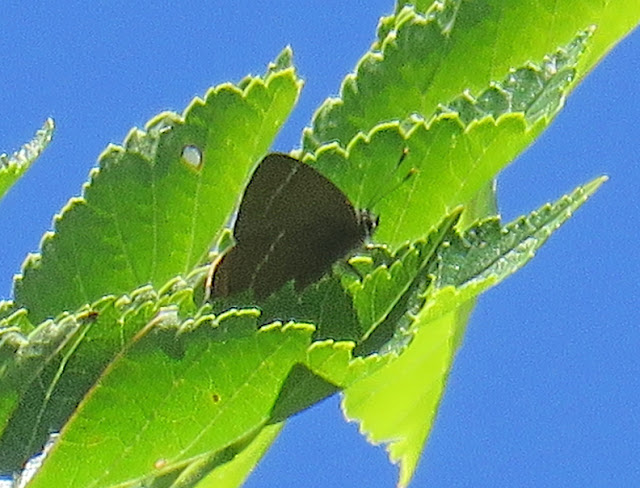Silver Lime
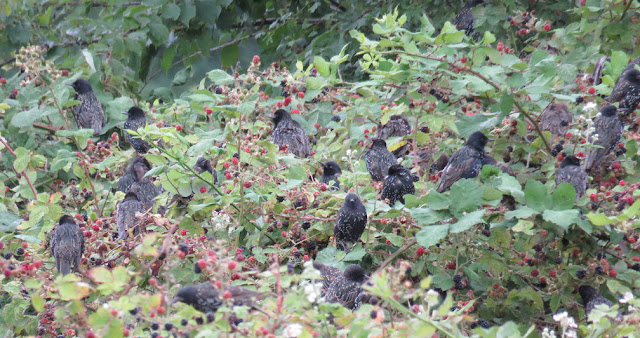
I'm feeling quite sorry for the hundreds of thousands of families currently on their British holidays. No doubt when they booked up their hotel/B&B/cottage/caravan/tent earlier in the year they imagined themselves splashing in the sea, eating ice cream and luxuriating under a blazing sun. The past couple of weeks have seen nothing but unsettled weather, punctuated by heavy rain and unseasonable strong westerly winds. Having had some of the holidays of my youth blighted by bad weather, I know how much it can affect what should be 'happy times', but there again, I do recall our flooded tent (at both Bude and the New Forest) with a certain amount of nostalgia... My recent trips to Priest Hill have been a question of 'dodging the showers' and any passage migrants have been largely missing. Bird numbers are quite woeful, bar a roving flock of Starlings, that number between 150-250 strong. They spend much of their time feasting on blackberries (top) and wheeling ...

